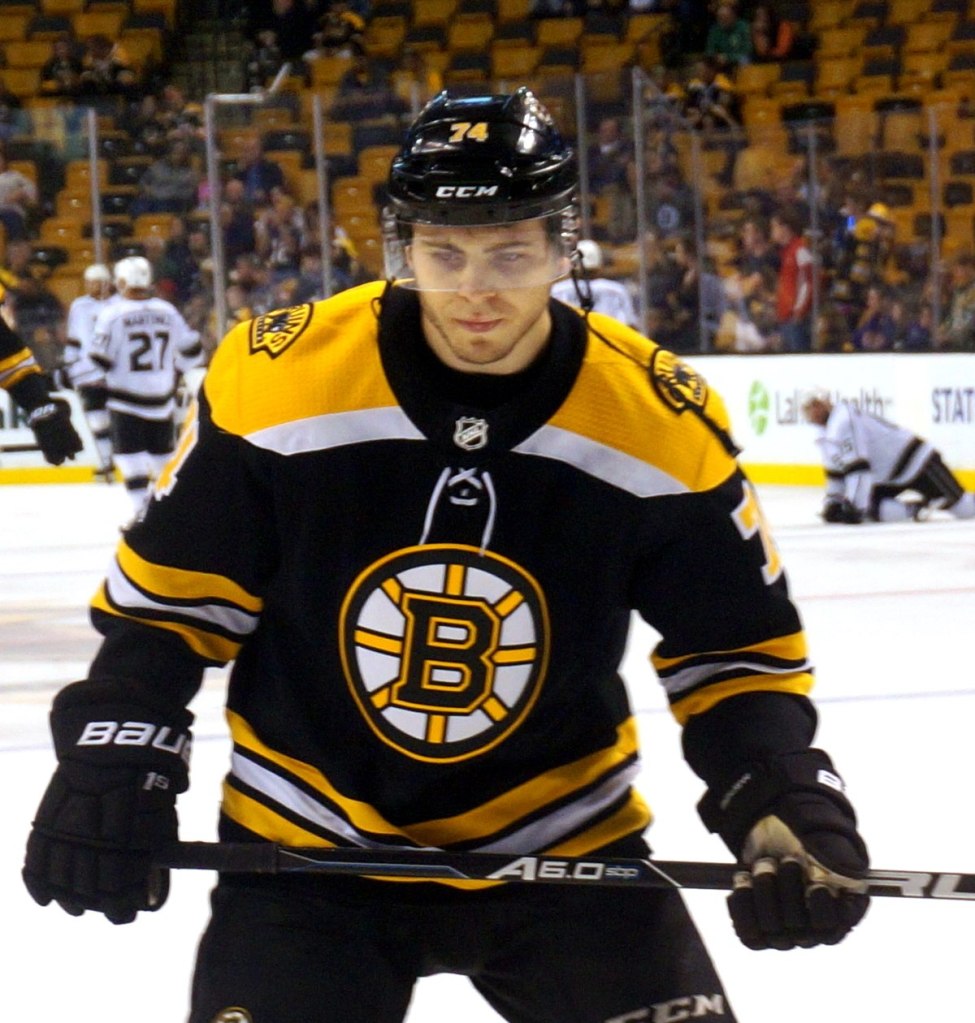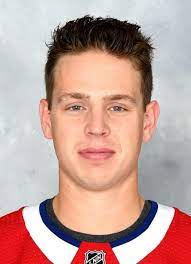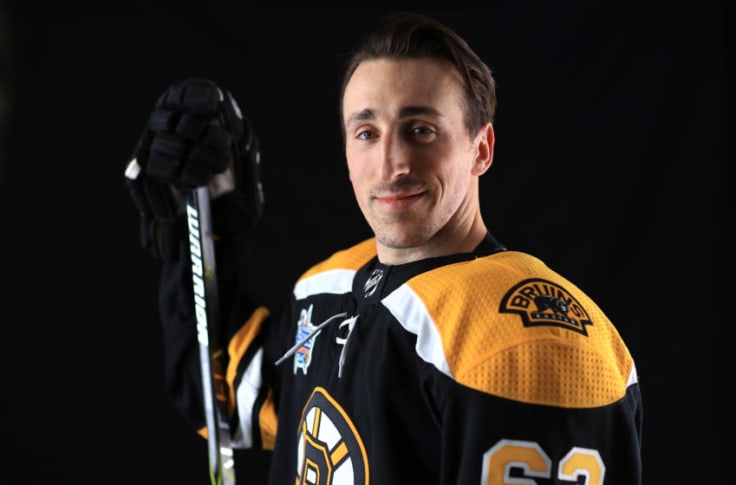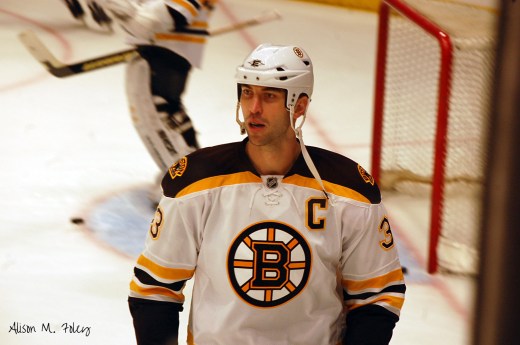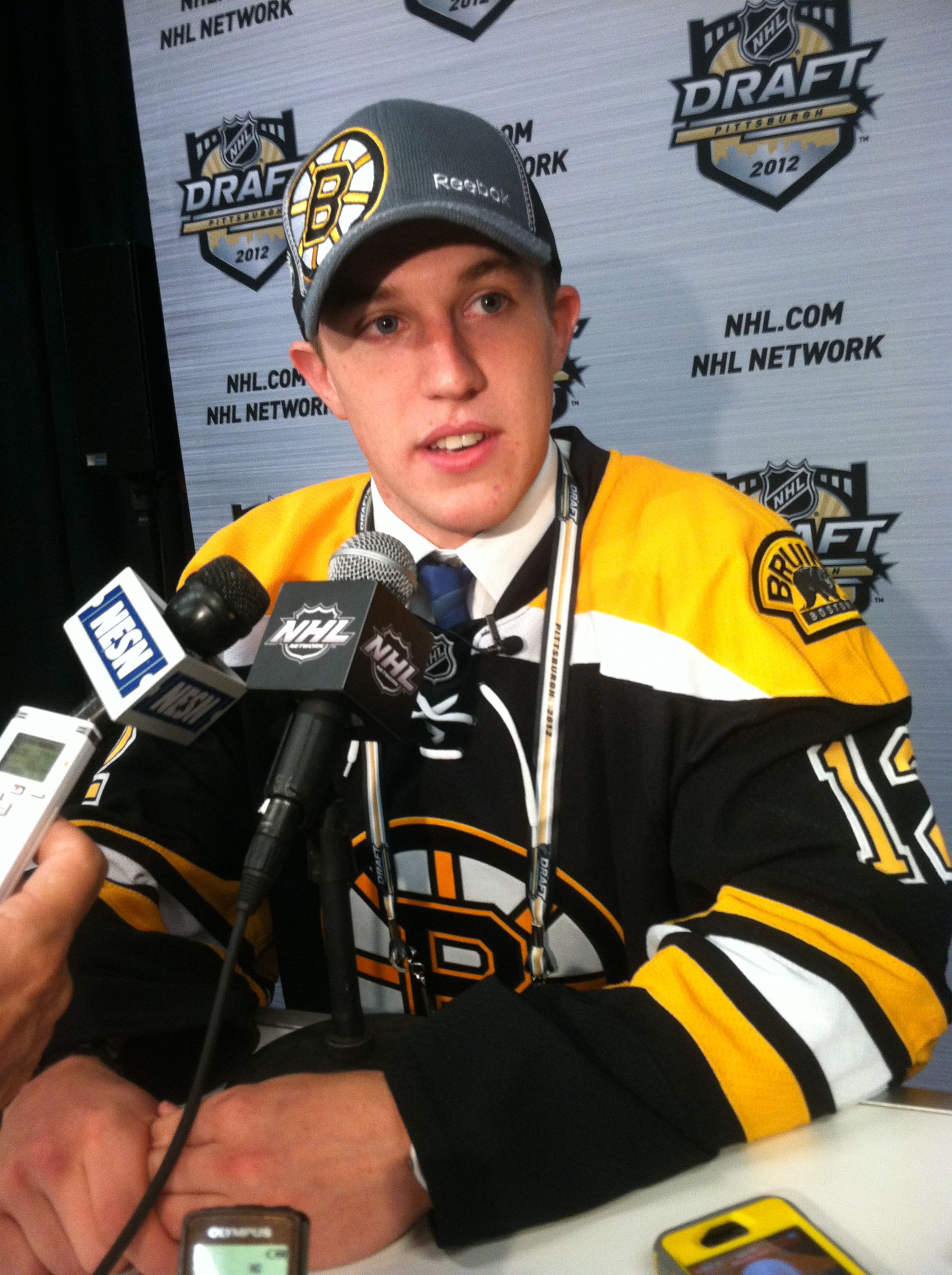The Boston Bruins easily handled business in Game 4 on home ice, beating the Washington Capitals decisively by a 4-1 score (that could have been way more out of hand if rookie Ilya Samsonov had been just a little off last night). With the first regulation victory in four tries, the Bruins have taken control of the series, which shifts back to the nation’s capital on Sunday night.
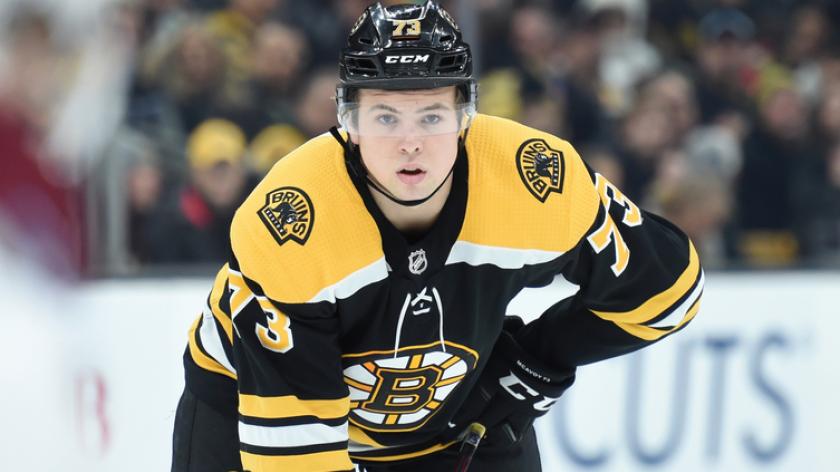
The B’s got goals from Brad Marchand, David Pastrnak, Charlie Coyle and Matt Grzelcyk. Tuukka Rask was perfect if not for an Alex Ovechkin broken stick off-speed shot that hit Brandon Carlo’s lumber in front of the net and deflected in. The B’s were fast and physical and their power play tallied three times, taking advantage of Washington’s miscues. Charlie McAvoy had a 3-assist effort, and played a superb game at both ends of the ice. The only black mark on the night was Boston losing veteran D Kevan Miller on a Dmitri Orlov cheap shot, where the latter clearly left his feet and hit Miller late, sending No. 86 to the hospital for what sounds like concussion testing per an in-game team report. More on that later, but here are the observations:
1. Tuukka Time- Rask claims sole possession of 1st place with 54th career playoff victory. At TSP, we like to think we’ve been honest and fair about Rask over the years. At one point in 2016, we proposed that trading him was an option worth exploring, and in hindsight, that was foolish. We’ve also been willing to give him the just respect he’s due when he plays like the No. 1 he has been for the Bruins in the last decade. This is one of those times. He has simply been superb in the first four games, going 3-1 and stopping 93% of the shots he’s faced, 8 of 9 goals allowed coming on some kind of tip, deflection or redirection. That’s just stunning when you think about it. We know, we know- some out there are so conditioned to throw out the reflexive, knee-jerk response that he’s a choke artist, not an elite goaltender or what have you, no matter what he does. It’s a shame that people like that can’t simply acknowledge excellence and seem to rather be right and see Rask fail. At TSP, we’re not going to be fundamentally dishonest bomb-throwers, so we’ll simply salute the franchise all-time wins leader in both regular and post season play for his 19-save effort, and wish Rask the best. He’s earned it and people who engage in the “yeah but-ism” that happens when celebrating this milestone deserve to be mocked and scorned- they shouldn’t be taken seriously any more than the “Tuukka can do no wrong” crowd out there.
2. Special teams were special pt. 1- PK went 6-of-7 to smother a top PP. New memo going around the Bruins offices- Avoid giving the Capitals 7 power plays going forward, please. However, a good chunk of that was classic NHL officiating and game mismanagement by the men in stripes- they got into a ticky-tack rut of calling marginal penalties and then had their hands forced when bigger infractions occurred. We don’t want to make more of it than it is, because this is about Boston’s excellence in killing the penalties last night. Connor Clifton was a mad man at times, making 3-4 shot blocks during one crucial kill, and the B’s used superior stick positioning, anticipation and sharp angling to keep the Capitals at bay. The lone blemish was Ovechkin’s third period PP strike off of Carlo while Marchand was serving a questionable interference infraction while battling for inside position with John Carlson. All in all, the Bruins can’t afford to put themselves into similar situations going forward, but the Caps’ PP has been curious, as they remain largely static and try to funnel pucks to Ovechkin for his vicious one-timers from the top of the circle. Problem is, the B’s killers have sniffed that out and are doing a great job of filling that shooting lane, so it is a tactic that has produced just two PP markers for the Washington captain in four games. Nicklas Backstrom is a giant goose egg, too- which has hurt the Caps in the series. The Boston PK effort/motor has been high, and their goaltender has been the best killer of them all, denying the majority of shots that get through.
3. Special teams were special pt. 2 – Boston’s PP tallied three. The B’s came alive with the man advantage, getting three goals last night. Marchand struck first, standing right by the post and deflecting a Pastrnak shot through Samsonov to finally break a 0-0 in the second period. That was a big goal because it was scored with the PP the Bruins got from Orlov’s double-minor. Then, Pastrnak netted his first goal of the series early in the third period with the man advantage thanks to an Anthony Mantha brain freeze cross-check late in the second that carried over into the final frame. Mantha’s nit-wittery continued in the third when he appeared to lose awareness of where he was on a net drive (or did he?) and ran Rask. Grzelcyk ended the hopes of a comeback with a missile of a shot top shelf. Coming into the series, Washington’s vaunted PP had the bulk of the coverage attention, but the Caps have not gotten it done with the man advantage. The inability of their coaching staff to shake things up is far more confounding than Boston’s taking advantage of the situation to hang 3 of 4 goals on the Caps in Game 4 on special teams.
4. The Orlov hit on Miller was uncalled for, as was response from the on-ice officials. Let’s get this out of the way right now- the NHL has an obligation to protect its players. If they are not going to do that, then everyone just needs to stow the platitudes and understand that players are going to continue to have their careers and lives put in jeopardy when the guys we depend on to enforce the rules get it wrong in critical situations. In the second period, the Boston veteran defender, who has had tremendous injury obstacles to overcome in the past 3 years, was gaining a zone entry and moved the puck as he crossed the blue line. The video doesn’t lie: Orlov a. clearly left his feet to hit Miller b. late, and c. high causing Miller to hit his head on the ice hard. The officials initially called a major infraction only to review it and reverse themselves- basically making a dangerous and potentially career-ending play a 2-minute call. Orlov got to stay in the game and Miller went to the hospital for observation and tests.
It didn’t stop there… When Coyle scored to make it 3-1, Wilson cross-checked Nick Ritchie from behind and a scrum ensued, with Brendan Dillon joining the fray and getting some shots in. Somehow, the “curious” judgment of the officiating continued, with Washington getting a power play out of it when Wilson was the clear aggressor and Dillon at the least should have been sent to the box for injecting himself into the fracas. Instead, the refs hid behind the rule book to put Carlo in the box with Ritchie for going back on the ice for a cowardly too many men call. Look, this isn’t hard- if you’re not going to punish the real infractions in the game, then players and their coaches are simply going to take that as a green light to continue their “edgy” play. We have no issue with good, hard physical hockey, but dangerous, unnecessary hits not being penalized, or officials picking and choosing what they feel like calling based on the score of the game is the issue here. It should have been a 4-on-4 situation there…it’s a joke that the Caps got a PP out of it and the refs opened the door for Wilson to do it again in Game 5. Good job, guys.
With Miller likely out of the lineup on Sunday, watch for Boston to dress Jarred Tinordi in anticipation of more physical rough stuff or they could go with Jeremy Lauzon if he’s cleared to return to the lineup. They could go with Steven Kampfer too, and his experience could provide the trump card in the decision. At the same time, the B’s are up in the series, so the staff could decide that Tinordi’s size/toughness is more important than the playoff experience of Kampfer or Lauzon’s all-around play. Regardless, it will be tough to replicate what Miller does for the room, so the B’s will likely have to rally around their fallen teammate and make Washington pay on the scoreboard as they did last night.
5. Brad Marchand is playing like a Hart Trophy candidate. Of course Connor McDavid will win the award for NHL MVP and rightfully so, but Marchand has stepped up and is playing like a man possessed in this series. After finishing third overall in league scoring, Marchand has three goals in three games and is playing as hard as we’ve seen him, save for a dud of a first game. He’s gotten himself into penalty trouble, but he’s made amends every time with key goals to directly or indirectly secure wins in Games 2 and 3. Last night, he was flying and when Ovechkin blew him up with a third period big hit in the o-zone, he came right back at Ovechkin later on after Pastrnak had hit the captain from behind, preventing him from getting a high-danger shot off in the slot. It prompted us to go back and look at some scouting reports on Marchand from his draft season. We found this gem in the April edition of Red Line Report, and it speaks volumes to how good the independent scouting service’s track record has been in the 22 years since Kyle Woodlief took over as chief scout and publisher.
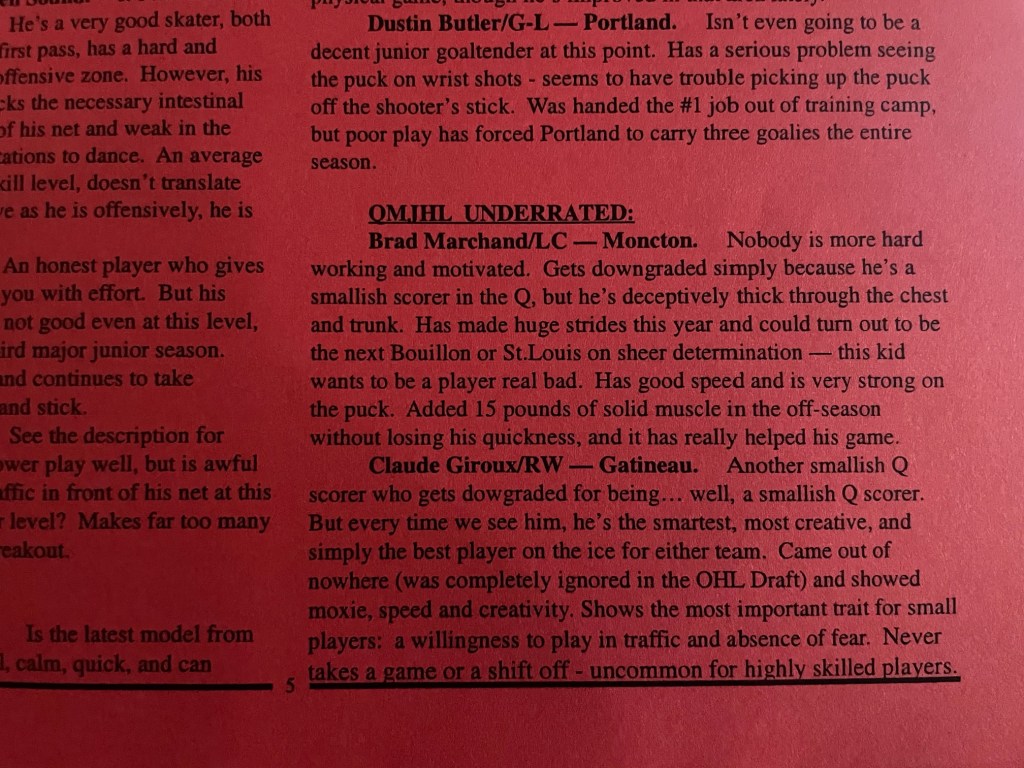
Gotta admit- 15 years later, that write-up looks pretty good, and Red Line hit on Claude Giroux too. Those players have gone from being “smallish Q scorers” to 2 of the most productive and successful forwards in the entire NHL Draft Class of 2006. Where would the Bruins be without Marchand over the past decade?
Final thoughts: It is easy to get caught up in the 3-1 series lead, but you need four wins to advance, so the Bruins will need to be prepared for a Capitals team that is going to come at them hard. It’s not over, and with Samsonov playing the way he has, he’s capable of stealing a game or two. Boot on the neck time- don’t give the Capitals any ability to get up off the mat.
